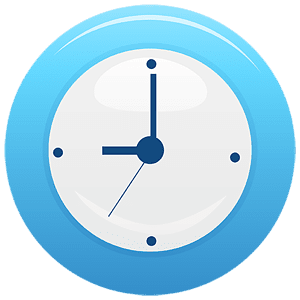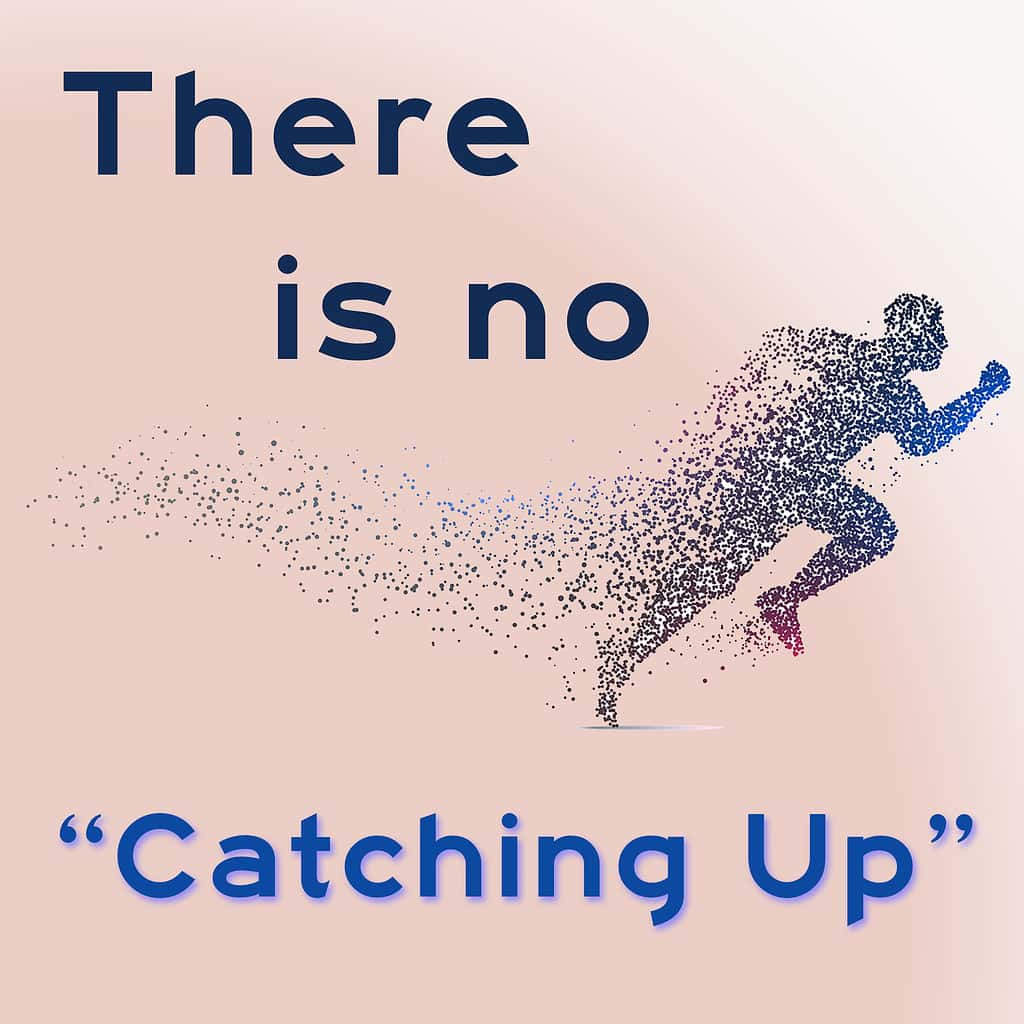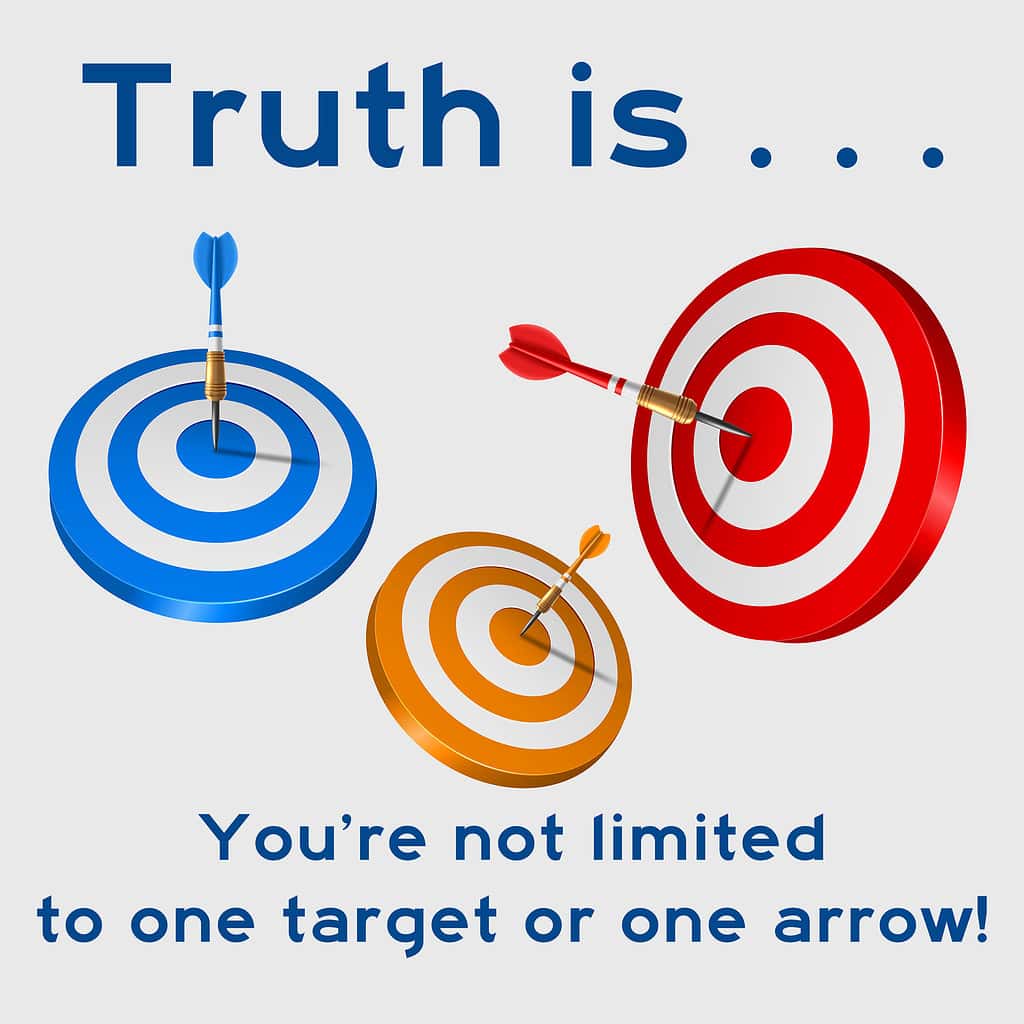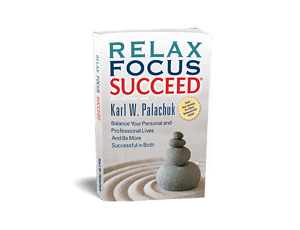I am a firm believer that you must control your schedule, your availability, and your communication. These things are absolutely essential to your productivity and success. If you don’t control these things, someone else will. Guaranteed!
The two most common questions I get are some variation of the following:
1) How do you accomplish so much? How do your produce so much? How do you get so many things done?
and
2) How come you never answer your phone? Are you ignoring me? Why don’t you answer text messages? Are you really offline or just pretending to be?
 Some people are genuinely irritated that I am not available 24×7 to respond to tweets and text messages and emails. But here’s the key to success: 99.9% of the time, 99.9% of the people have no idea that I’m unavailable.
Some people are genuinely irritated that I am not available 24×7 to respond to tweets and text messages and emails. But here’s the key to success: 99.9% of the time, 99.9% of the people have no idea that I’m unavailable.
Perhaps the wisest thing I’ve heard in the last ten years comes from my friend Arlin Sorensen, who thinks he heard it from his dad:
“Don’t worry about what people think about you, because they probably don’t.” It’s so true. People don’t spend their time thinking about YOU. Sorry. In our nihilistic, social media-focused society, people might believe that the whole world is looking at them and waiting for them to Tweet out the next funny post. But it’s not true.
Essentially nothing on social media is productive for you. In fact, almost nothing in your life is productive. Most email is not. Most phone calls are not. All tweets are not. All of Facebook is not. Most YouTube is not. In fact, most of the Internet is not.
We fool ourselves into believing that these things are productive, but they’re not. At all. In fact, all of your productivity happens between these distractions. To become more productive (and less stressed), you need to decrease the length and frequency of distractions and increse the length and intensity of the productive periods in your day.
If you want to learn to unplug and become more productive, here are some tips. This is what I do so that I appear to be active to others, but I’m actually “off the grid” most of the time.
Step One: Commit to doing one thing at a time.
You cannot multitask (That’a a whole different topic, but trust me, you can’t.), but you CAN time slice. Time slicing simply means you do one thing and then another and then another. When you do this, you give all of your attention to one thing. This focused attention makes that one thing go faster.
Step Two: Determine the minimum number of times you need to do unproductive activities in a day.
For example, you might think you need to check email every five minutes but you really don’t. For most people, checking email once per hour is enough. You may even be able to check it first thing in the morning, 30 minutes before lunch, and once in the middle of the afternoon.
Facebook and other social media are the same way. You might only need to check them once an hour or less. In fact, if you’re perfectly honest, you don’t really need to check them much at all.
Step Three: Set a routine to cycle through each activity block.
This will help you identify a large block of time that can be spent on a single focused task.
I always remind people of the time they were in a meeting and couldn’t answer their phone. An hour later, they checked their text messages, checked their voicemail, checked their email, etc. And guess what? No one noticed that they were unavailable for an hour. The world kept spinning. There were no crises.
 Here’s what I do on a daily basis to unplug as much as possible and yet appear to be online a lot. I simply make a list of things to do on a rotating basis. For me, this includes:
Here’s what I do on a daily basis to unplug as much as possible and yet appear to be online a lot. I simply make a list of things to do on a rotating basis. For me, this includes:
– Check email (Inbox, employees, clients, etc.)
– Check text messages
– Check Facebook. Interact.
– Check to see if I have anything scheduled
– Focus on the most important project I have
With rare exceptions, I simply rotate through this list all day long. Think of it as a cross between a pie chart and a clock. Allocate a time slice to each activity. Repeat all day long.
It is very important that you silence your phone, close Outlook (email), close Facebook, close everything except the one project you’re working on. What you’ll find is that email might take fifteen minutes at 8:00 AM, but it takes five minutes at 9:00 AM, and only one minute at 10:00 AM. Once you focus on this, you’ll realize that you really don’t get that many truly important messages in a day. The same is doubly true for voicemail and infinitely more true with social media.
The result is that your hourly period of productive labor grows from 30 minutes to 40 or 50. And once you realize that you can check email every other hour (along with text messages, etc.), your block of productive labor grows to an hour and fifty minutes. That’s enough time to dig deep into an important task and get a LOT of productive work done.
I know this sounds hard if you’ve programmed yourself to believe that busy work is real work. Once you realize that the world is divided into productive blocks and interruptive blocks, it becomes easier to focus on the productive.
Try it. I’d love to hear your feedback.
🙂







